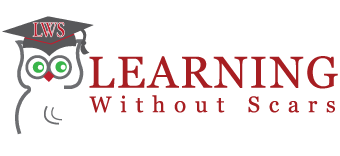One of the true challenges in the parts and service business is to determine the successful penetration of the market: the market capture rates. This is another term used to represent your “market share.” How well you are looking after the needs of the customer is the real question at this point.
With this class, we develop a “market potential” model which can be used to determine the purchase potential of each machine. With this tool, an overall potential can be developed for each customer. This is a tool that can be used by management and the sales force to develop strategies to improve performance. We deal with the creation of the model and all the variables within in this comprehensive program.
It all starts with the machine population. That is the list of equipment owned by each customer, and the work application and hours worked each year. With this and the statistics available from the OEM’s and their mean time between failure facts, a reasonable degree of precision can be developed. The major components can be managed in this manner: engines, transmissions, and hydraulic systems. The wear rates of ground engaging tools and undercarriage can assist in the life of these wear parts. Finally, we have maintenance as the last element. Don’t miss this market potential class.
